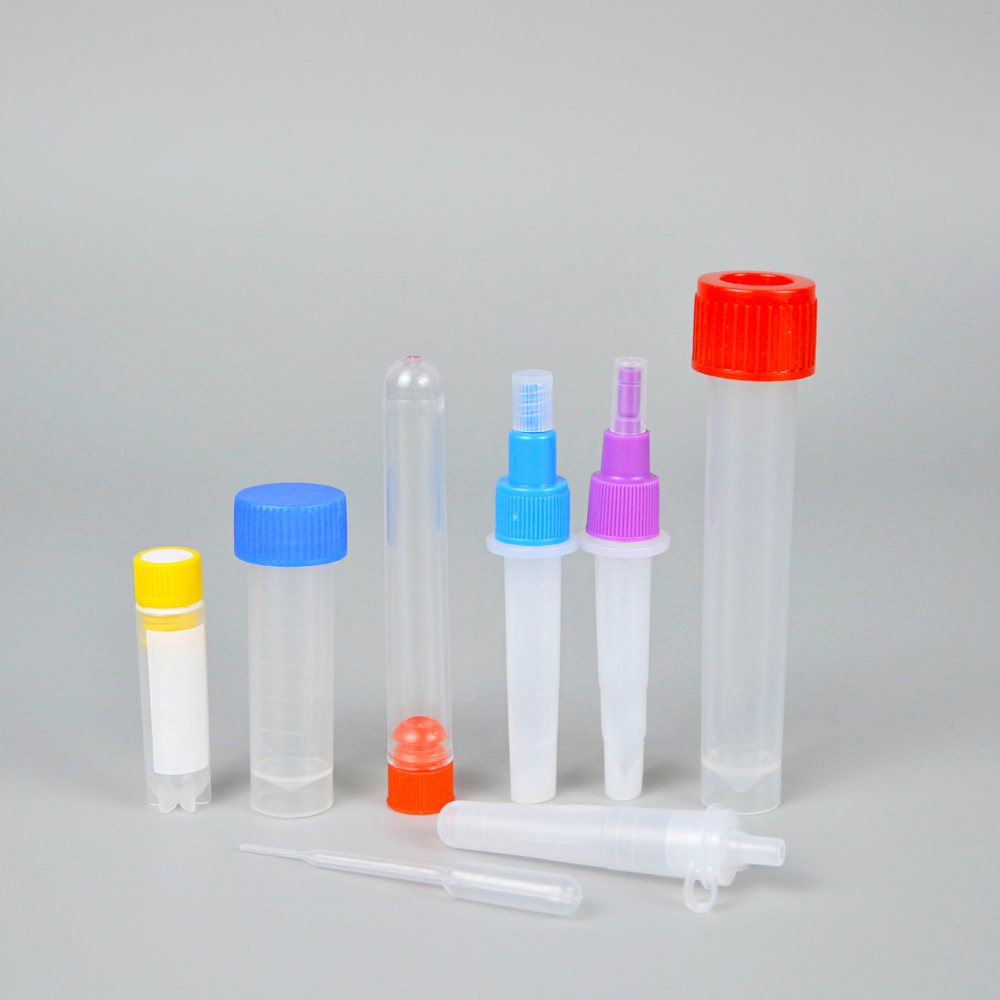
-
 Afrikaans
Afrikaans -
 Albanian
Albanian -
 Amharic
Amharic -
 Arabic
Arabic -
 Armenian
Armenian -
 Azerbaijani
Azerbaijani -
 Basque
Basque -
 Belarusian
Belarusian -
 Bengali
Bengali -
 Bosnian
Bosnian -
 Bulgarian
Bulgarian -
 Catalan
Catalan -
 Cebuano
Cebuano -
 Corsican
Corsican -
 Croatian
Croatian -
 Czech
Czech -
 Danish
Danish -
 Dutch
Dutch -
 English
English -
 Esperanto
Esperanto -
 Estonian
Estonian -
 Finnish
Finnish -
 French
French -
 Frisian
Frisian -
 Galician
Galician -
 Georgian
Georgian -
 German
German -
 Greek
Greek -
 Gujarati
Gujarati -
 Haitian Creole
Haitian Creole -
 hausa
hausa -
 hawaiian
hawaiian -
 Hebrew
Hebrew -
 Hindi
Hindi -
 Miao
Miao -
 Hungarian
Hungarian -
 Icelandic
Icelandic -
 igbo
igbo -
 Indonesian
Indonesian -
 irish
irish -
 Italian
Italian -
 Japanese
Japanese -
 Javanese
Javanese -
 Kannada
Kannada -
 kazakh
kazakh -
 Khmer
Khmer -
 Rwandese
Rwandese -
 Korean
Korean -
 Kurdish
Kurdish -
 Kyrgyz
Kyrgyz -
 Lao
Lao -
 Latin
Latin -
 Latvian
Latvian -
 Lithuanian
Lithuanian -
 Luxembourgish
Luxembourgish -
 Macedonian
Macedonian -
 Malgashi
Malgashi -
 Malay
Malay -
 Malayalam
Malayalam -
 Maltese
Maltese -
 Maori
Maori -
 Marathi
Marathi -
 Mongolian
Mongolian -
 Myanmar
Myanmar -
 Nepali
Nepali -
 Norwegian
Norwegian -
 Norwegian
Norwegian -
 Occitan
Occitan -
 Pashto
Pashto -
 Persian
Persian -
 Polish
Polish -
 Portuguese
Portuguese -
 Punjabi
Punjabi -
 Romanian
Romanian -
 Russian
Russian -
 Samoan
Samoan -
 Scottish Gaelic
Scottish Gaelic -
 Serbian
Serbian -
 Sesotho
Sesotho -
 Shona
Shona -
 Sindhi
Sindhi -
 Sinhala
Sinhala -
 Slovak
Slovak -
 Slovenian
Slovenian -
 Somali
Somali -
 Spanish
Spanish -
 Sundanese
Sundanese -
 Swahili
Swahili -
 Swedish
Swedish -
 Tagalog
Tagalog -
 Tajik
Tajik -
 Tamil
Tamil -
 Tatar
Tatar -
 Telugu
Telugu -
 Thai
Thai -
 Turkish
Turkish -
 Turkmen
Turkmen -
 Ukrainian
Ukrainian -
 Urdu
Urdu -
 Uighur
Uighur -
 Uzbek
Uzbek -
 Vietnamese
Vietnamese -
 Welsh
Welsh -
 Bantu
Bantu -
 Yiddish
Yiddish -
 Yoruba
Yoruba -
 Zulu
Zulu
Exploring the Impact of Prescription Drug Bottles on Patient Adherence and Safety Practices
The Importance of Drug Bottles A Closer Look at Pharmaceutical Packaging
In the realm of pharmaceuticals, the importance of packaging cannot be overstated. Among all the various forms of packaging utilized in the industry, drug bottles play a pivotal role in ensuring that medications are safe, effective, and accessible to consumers. These seemingly simple containers serve multiple functions, from safeguarding the contents to providing essential information on usage and safety.
First and foremost, drug bottles are designed to protect medications from external elements that could compromise their integrity. Light, air, moisture, and contaminants are some of the primary adversaries that pharmaceuticals face. By utilizing materials such as amber glass or opaque plastics, manufacturers can shield light-sensitive medications from degradation caused by exposure to sunlight. Additionally, many drug bottles are engineered with airtight seals to prevent moisture ingress, which is crucial for ensuring the stability and effectiveness of hygroscopic drugs.
Moreover, the design of drug bottles is not merely about protection; it is also about ensuring user safety
. Child-resistant cap designs are a critical feature that prevents accidental ingestion by children, a major concern for parents and caregivers. These caps require specific actions that may be difficult for young children to execute, thus providing an additional layer of security. However, it is also essential for manufacturers to strike a balance between safety and accessibility; thus, bottles need to be user-friendly for individuals who may have limited dexterity or vision impairments.drug bottles

Beyond physical protection, drug bottles serve a significant role in communication. Each bottle is typically adorned with labels that provide vital information regarding the medication contained within. These labels usually include the drug name, dosage instructions, expiration date, and possible side effects, among other details. This information is crucial for patients to understand how to properly use their medication and what to expect, thereby enhancing compliance and promoting better health outcomes.
The importance of clear labeling cannot be underestimated. In today's fast-paced world, where patients often juggle multiple prescriptions, the risk of medication errors increases. Misreading a label or confusing one medication for another can have serious repercussions. Therefore, initiatives to improve labeling standards and clarity are paramount in reducing potential errors and enhancing patient safety.
Another noteworthy aspect of drug bottles is sustainability. As the global focus shifts toward environmentally conscious practices, pharmaceutical companies are exploring more sustainable packaging options. Biodegradable materials, refillable bottles, and recycling programs are becoming increasingly important in an industry that has historically contributed to plastic waste. By adopting greener practices, the pharmaceutical sector can mitigate its environmental impact while still delivering safe and effective medications.
In conclusion, drug bottles are far more than simple containers; they are a vital component of the pharmaceutical landscape. They provide essential protection, ensure user safety, facilitate communication, and increasingly, reflect a commitment to sustainability. As our understanding of patient needs and environmental concerns evolves, so too must the design and functionality of drug bottles. Continuous innovation in packaging not only enhances the efficiency of medication delivery but also significantly contributes to the overall well-being of patients and the planet. As we move forward, it will be crucial to maintain this focus on safety, accessibility, and environmental responsibility in the world of pharmaceuticals.
-
PTFE Centrifuge Tubes - Chemical Resistant, Leak-proof, Ideal for Laboratory UseNewsJul.05,2025
-
Premium Metal Dropper Bottle for Precise Dispensing 250ml & 1ml Options AvailableNewsJul.04,2025
-
20 ml Headspace Vials - High Quality Polyethylene & Plastic Vials for Lab UseNewsJul.04,2025
-
Small Bottle with Pipette - Precise Dispensing 100ml Pipette Bottles for Essential Oils & Lab UseNewsJun.24,2025
-
Acetic Anhydride Bottle for Accurate Dropper Measurement in Pharmacy Use High-Quality Dropper BottlesNewsJun.10,2025
-
Innovative PET Bottle Design for Juice – Unique Shapes & Customization OptionsNewsJun.10,2025






















